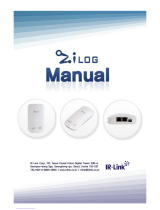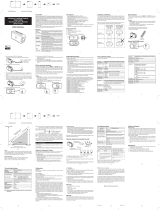
eZ80Acclaim!
®
MCU
Flash Library API Reference Manual
RM001305-0317 Introduction
2
block in Flash, and the reprogramming the erased block. This process
requires the programmer to create a lookup table containing the location
of each erase block in external Flash to determine which block(s) must be
updated. The lookup table is derived from information in the datasheet of
the applicable Flash device. To support multiple Flash devices, it is neces-
sary to create multiple lookup tables.
When multiple different Flash devices need to be supported, applications
typically use the manufacturer and device ID codes of these Flash devices
to select the appropriate lookup table containing the location of all erase
blocks. However, this is often insufficient as some Flash vendors have
device identification codes that can be one or more bytes long, but are not
necessarily located in contiguous addresses within Flash, further compli-
cating the process of selecting the appropriate lookup table.
The process of trying to obtain the Flash device’s manufacturer and
device ID codes is a non-trivial task because different Flash devices from
different vendors use different commands to force the Flash memory into
a mode of operation where these values can be obtained. Therefore, the
Flash driver must first assume it knows the command set implemented by
the external Flash device before it can obtain the manufacturer and device
ID codes to identify the Flash device and hence, its implemented com-
mand set.
Common Flash Memory Interface
The Zilog Flash Library can significantly simplify the process of obtain-
ing the Flash device’s erase block and command set parameters if the
device supports the Common Flash Memory Interface (CFI). Flash
devices that are CFI-compliant implement a special CFI query mode of
operation. When the device is in CFI Query mode, the host is able to
obtain information about the size and location of every erase block within
Flash, eliminating the need for the programmer to manually create a
lookup table. CFI Query mode also allows the host to determine the com-

























